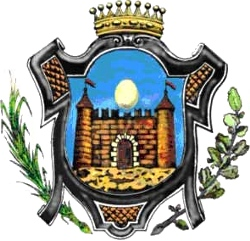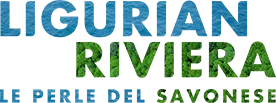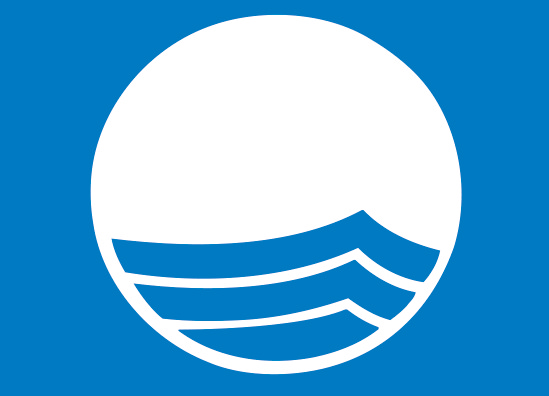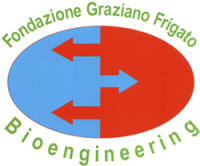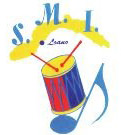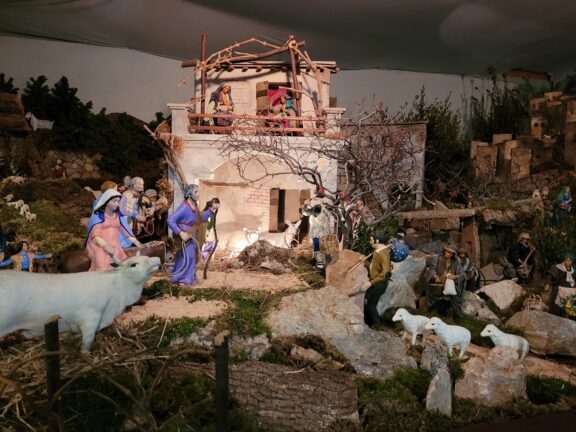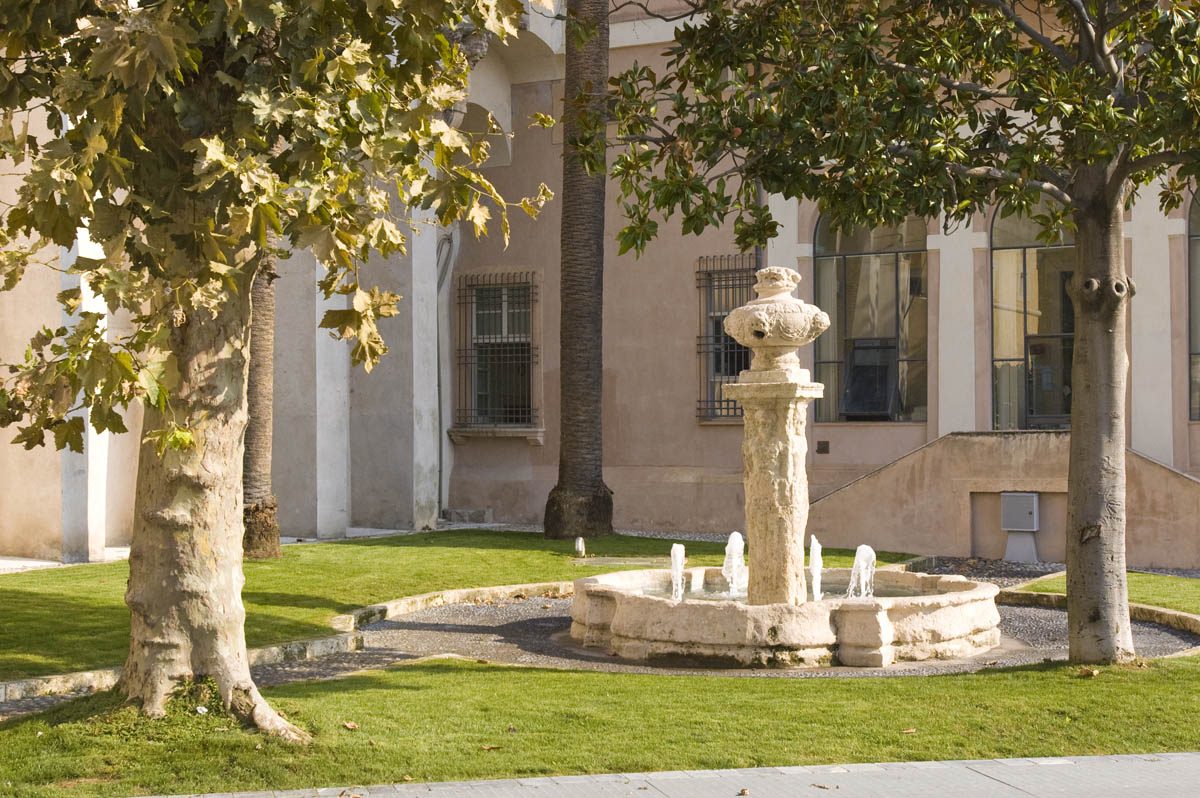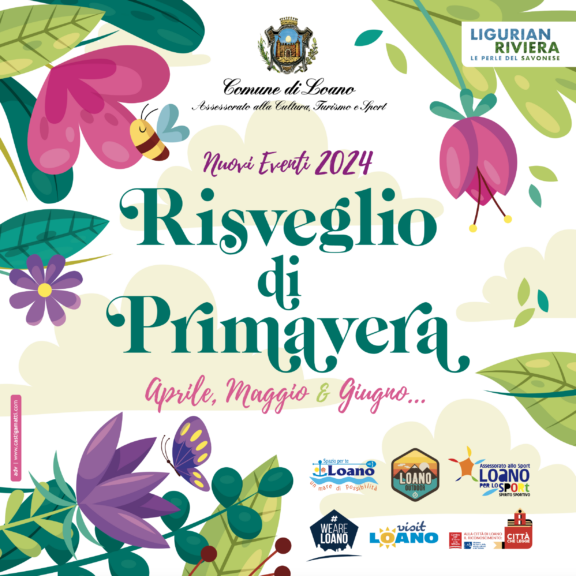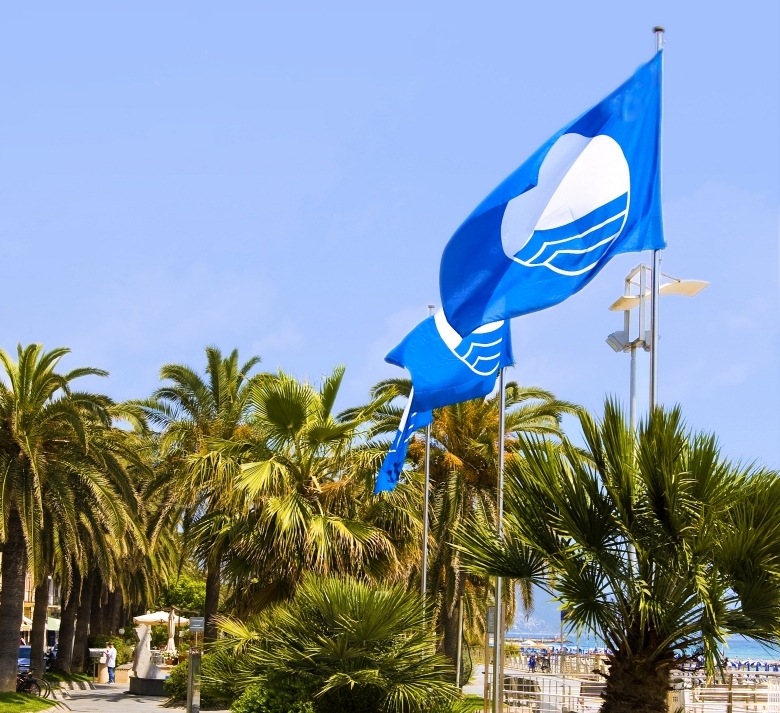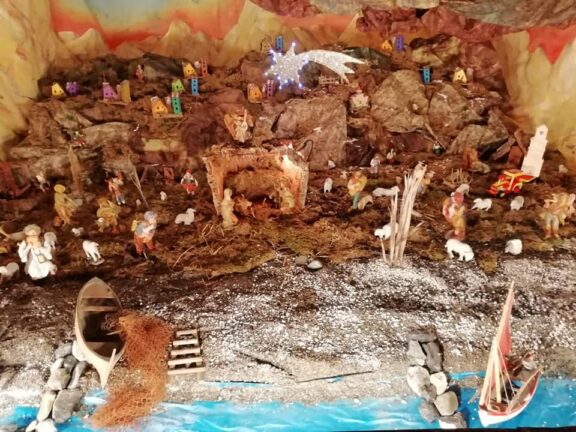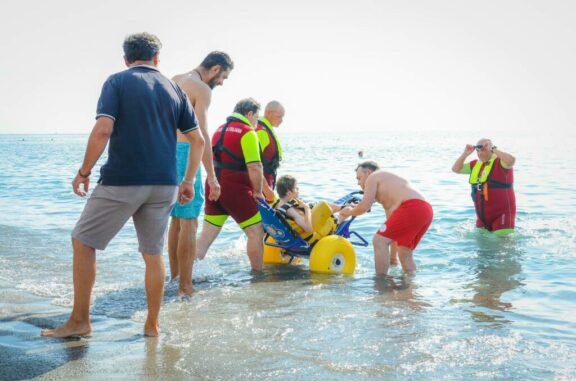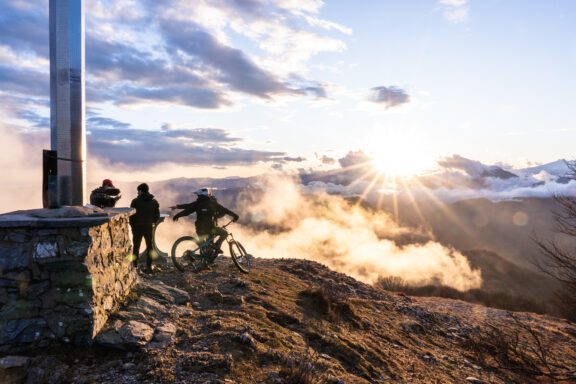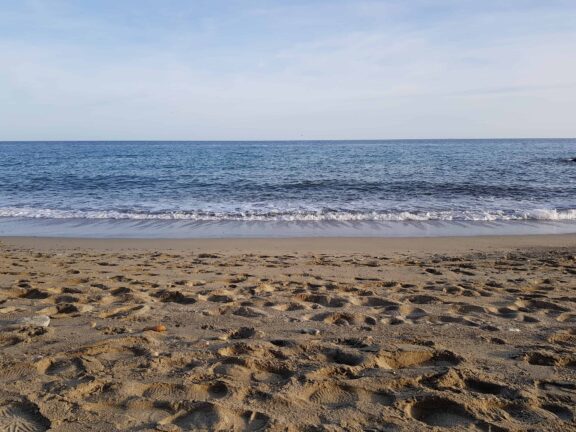Borgo Castello e la Scala Santa
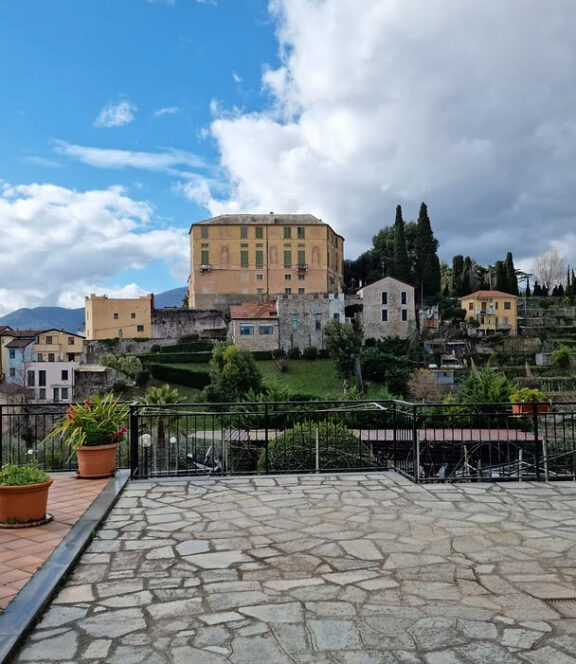
We are in the Loanese district, more precisely in the “Castello” hamlet, easily identifiable by the imposing building that dominates the hillock.
The Renaissance palace (currently on sale) dates back to the 12th century and can be visited during the The Renaissance palace (currently on sale) dates from the 12th century and can be visited during FAI days, typically in spring and autumn. We leave the car in the forecourt of Monte Carmelo which, if you like, is worth a visit and a stop to admire the cloister. worth a visit and a stop to admire the cloister behind the central nave. We cross the bridge that connects the church to the small village and we buy the usual focaccia in the historic bakery on the corner of Viale della Rimembranza. Rimembranza. The Roman bridge that crosses the Nimbalt river river Nimbalto.
We enter the village and, having reached the main square, we take the left where a left, where a stepped road allows us to skirt a large part of the castle of the castle’s estate, occasionally offering interesting views of the facade of the palace. facade of the palace. The road is narrow, surrounded by high stone walls. We follow this asphalt road without following any signs, always keeping to the right, helped by our faithful GPS. We reach via Piste and follow the signs for the Berbene cemetery. In front of us we will find, within 10 minutes, a junction that, on the right, leads to the on the right to the cemetery and on the left to via dei Pusetti. Take the left and continue on the uphill tarmac road that becomes steeper and steeper until it meets the which becomes steeper and steeper until it leads to a slightly uneven dirt road. We are now at the foot of the Scala Santa (Holy Staircase), which we can see climbing up to the top of Mount Ciazze Secche. of Mount Ciazze Secche. Our first objective is precisely that. The path is very slippery in the first stretch, then becomes a succession of large The path is very slippery in the first section and then becomes a succession of large rocks that we have to climb over to reach an altitude of 428 m. We make a few stops before reaching the top.
We make a few stops before reaching the summit; at every break it is worth turning around and to turn around and admire the view of Loano. There is no other place in the surroundings No other place in the surroundings can offer us one even remotely similar. Once we reach the top, we turn left towards Verzi, to complete a ring that will take us which will take us back to the foot of the Scala Santa. Our direction changes from North-West to North-East. We descend slightly in altitude until we reach 300 m where another fork forces us to take the left along the where another fork forces us to take the left along a stretch immersed in the wood.
We can see the church of Verzi and the village of the hamlet and continue our route on a shady ridge. path on a shady ridge where the water has overwhelmingly marked the marked the path. In half an hour we come out right where we started our climb, thus our climb, thus closing the first ring marked on the map. We take via dei Pusetti again and we return to the indications that lead us, on asphalt, to the entrance of the secondary cemetery of the village.
Just behind the bus stop Just behind the bus stop, there is a small path hidden among the tall grass. First a gate and then one seem to block the way, but they can be easily circumvented. Back to the dirt road. We come across a couple of recently built houses and, keeping to the right, we end up on via Costino Monte Carro, we end up on via Costino Monte Carmelo, from where we reach our car.
Fonte: Due zaini e un camallo.






